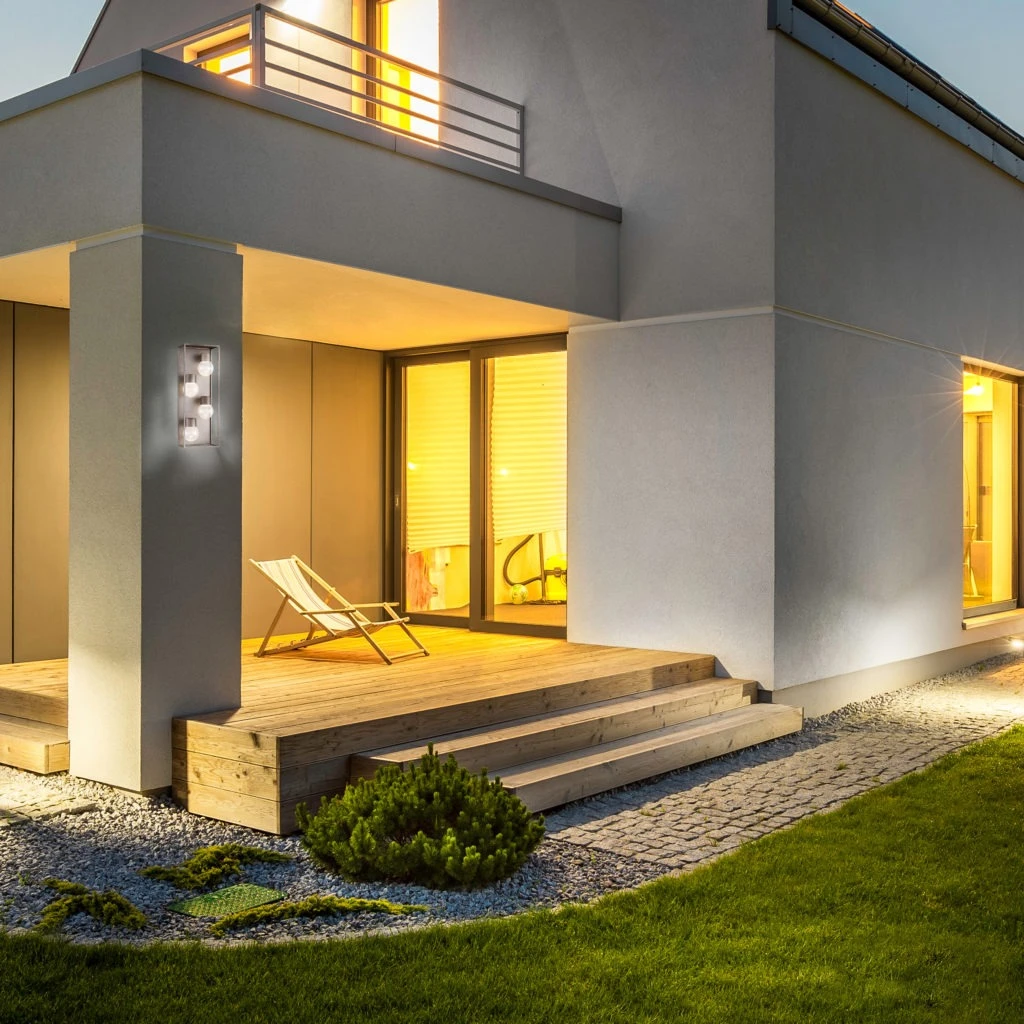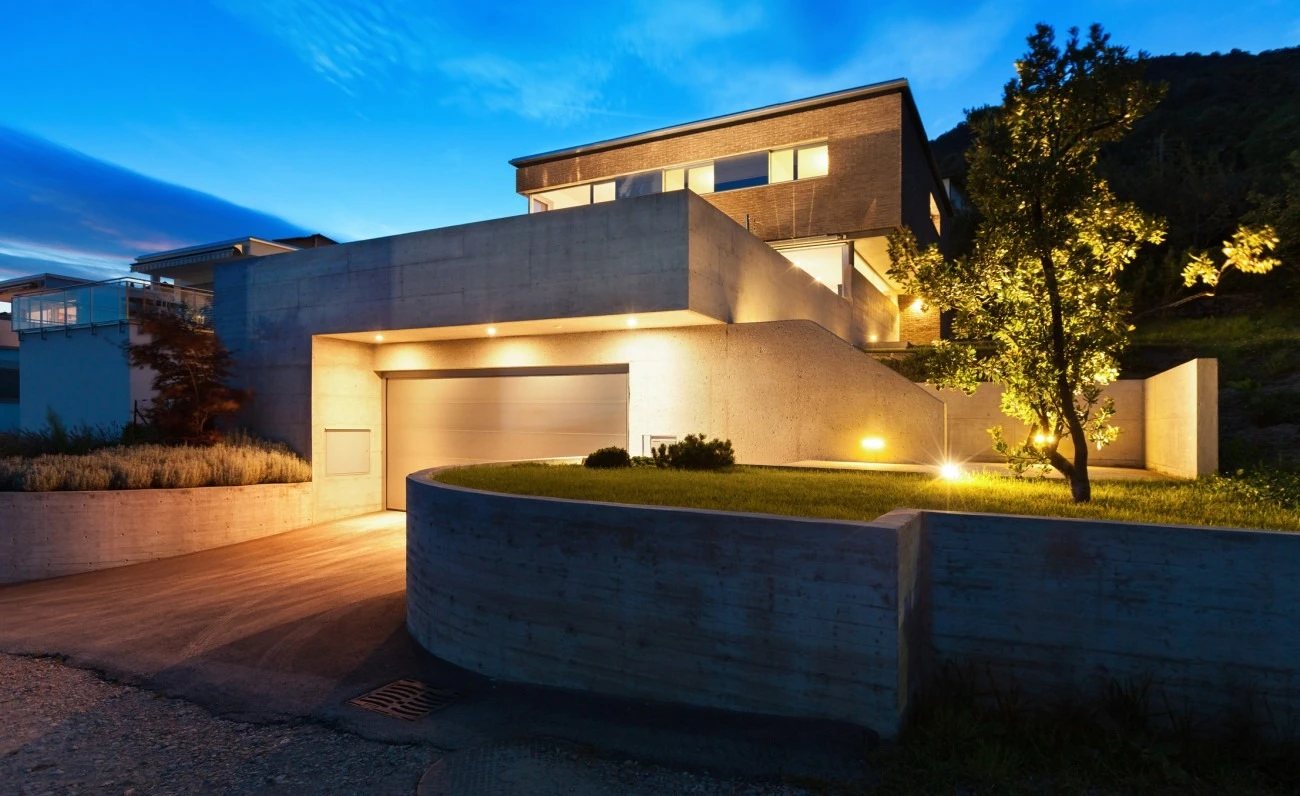Blog
Choosing the right wall light for outdoor living areas

Look at Your Yard as a Stage
What is the main thing here — a door, a terrace, or a path? The materials of the facade and the color suggest the nature of the light.
On rough stone, a narrow beam draws a relief; on light plaster, a soft spill is better. If there is water or glass, use anti-glare lamps so that the light does not hurt the eyes of your neighbors or you.
Pick the Type
A classic outdoor wall lantern works well at the entrance — a warm color and clear contours near the house number.
For a terrace or balcony, it is convenient to have an outdoor wall sconce with dimming: fewer lumens in the evening, but more comfort. Built-in outdoor wall lights will help on the stairs — they do not dazzle and maintain safety.

Scale and Placement
Size matters. A small body gets lost on a high facade, and one that is too large looks alien. Keep the center of the lamp slightly above eye level.
Place a pair near the door to avoid harsh shadows. Along a long wall, rhythm is more important than power: several points with a soft cross-section are better than one “spotlight.”
Light Color and Control
A warm shade emphasizes wood and brick; a neutral one goes well with concrete and metal. Dimming allows you to change your mood and save energy.
If you need autonomy in areas without wiring, outdoor solar wall lights are appropriate.
Efficiency and Durability
For stable operation outdoors, the housing, coating, and protection class are important. High-quality LED outdoor wall lights consume little and last a long time, and good optics give an even pattern without blind spots.
Check protection against dust and rain, especially if located near a road or water.
Quick Checklist
-
Two scenes: everyday life and guests.
-
The house number is readable from 15–20 m.
-
Corners are not blinding; stairs are illuminated.
-
A single logic on the entire wall.
-
Access to drivers without “acrobatics.”
-
Photo test at dusk.
Style Notes
- Minimalism loves calm planes and neat contours.
- Classics — warm lights and symmetry.
- Loft — a sharp accent on the texture of the stone.
If the facade is complex, work in layers: basic spill + accents. And remember, it’s better to be a little darker than a ruthless ultra-bright stream to the maximum!
Where to Choose and Try
To immediately see real models, go to the outdoor lighting wall selection and filter the height, angle, and finish for your facade.
If the project is larger or you have questions, contact the team — we will help you calculate the lux, choose the mounts, and not overpay for “watts.”
Maintenance and Safety
Tight connections and proper grounding are the basis. Inspect the mounts and seals once a season. Motion sensors and twilight relays are convenient at the entrance. Near bedrooms, it is better to have “quiet” scenes so that the night remains dark.
Little Extras
Small details matter: timers, photo sensors, and glare shields near windows. Choose optics that direct the beam downwards and protect the night sky.
Common Mistakes to Avoid
-
One too-bright lamp instead of several softer ones.
-
Mounting too high: light “runs” into the sky, leaving the yard dark.
-
A chaotic mix of cold and warm shades.


















